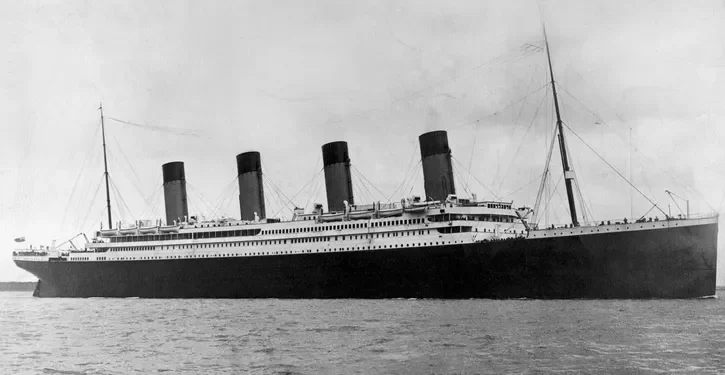In the annals of maritime history, few tales are as tragic and iconic as that of the RMS Titanic. Launched with great fanfare as the epitome of luxury and technological advancement, the Titanic was hailed as “unsinkable” before its fateful maiden voyage. However, on the cold night of April 14, 1912, the unthinkable happened, and the Titanic met its demise, leaving an indelible mark on history.
Constructed by the Harland and Wolff shipyard in Belfast, Ireland, the Titanic was the largest and most luxurious ship of its time. It boasted opulent amenities such as grand staircases, lavish dining rooms, and spacious cabins, catering to the elite of society. With its advanced safety features, including watertight compartments and a double-hull design, the Titanic was believed to be impervious to disaster—a belief tragically disproven.
The Titanic set sail on its maiden voyage from Southampton, England, bound for New York City. On board were over 2,200 passengers and crew, including some of the wealthiest individuals of the era, along with immigrants seeking a new life in America. As the ship steamed across the icy waters of the North Atlantic, it received several warnings of drifting icebergs, but these cautions were either disregarded or not fully appreciated by the crew.
At approximately 11:40 PM, the Titanic struck an iceberg, tearing a series of large gashes along its starboard side. Despite the ship’s advanced safety features, the damage inflicted by the collision proved catastrophic. Within hours, the “unsinkable” Titanic began its descent into the frigid depths of the ocean.
The tragedy unfolded in a chaotic and harrowing manner. Lifeboats, though available, were in short supply and launched only partially filled, exacerbating the loss of life. As the ship’s lights flickered and extinguished, the desperate cries of passengers echoed across the darkened sea. In the early hours of April 15, 1912, the Titanic slipped beneath the waves, leaving over 1,500 souls lost to the cold embrace of the Atlantic.
The sinking of the Titanic sent shockwaves around the world, sparking inquiries and investigations into its cause and prompting sweeping reforms in maritime safety regulations. The disaster exposed shortcomings in ship design, emergency procedures, and communication protocols, leading to significant advancements in maritime safety standards.
Yet, amid the tragedy, the Titanic’s legacy endures as a cautionary tale—a reminder of the hubris of man and the unpredictable forces of nature. Memorials, books, films, and countless tributes keep the memory of the Titanic and those who perished alive, ensuring that their stories are never forgotten. The Titanic remains a symbol of both human ingenuity and frailty, a testament to the enduring power of history to teach and to remember.
newshub


Recent Comments